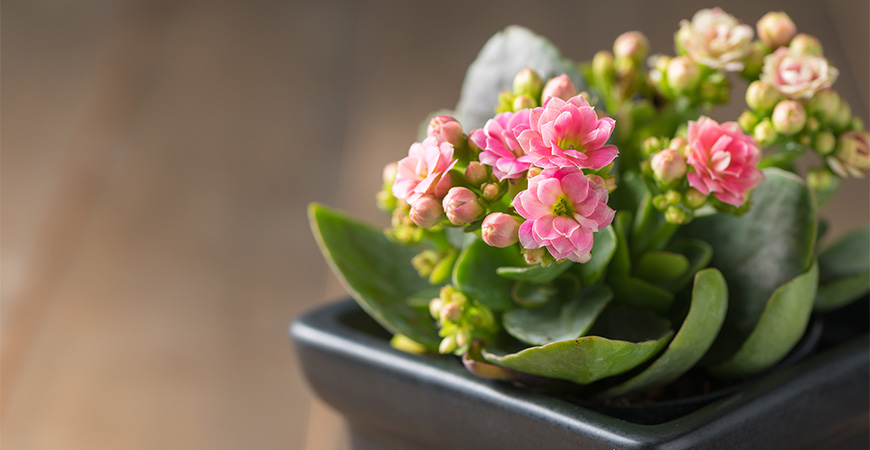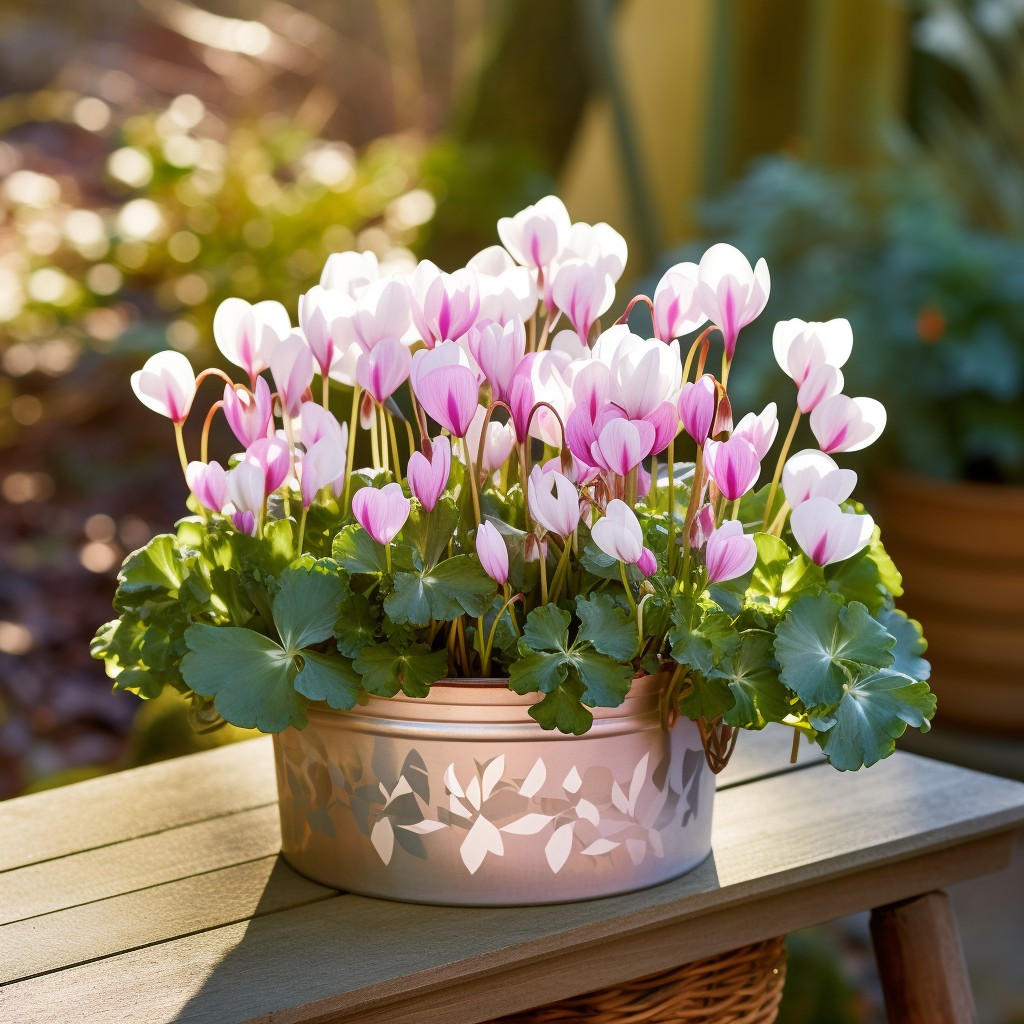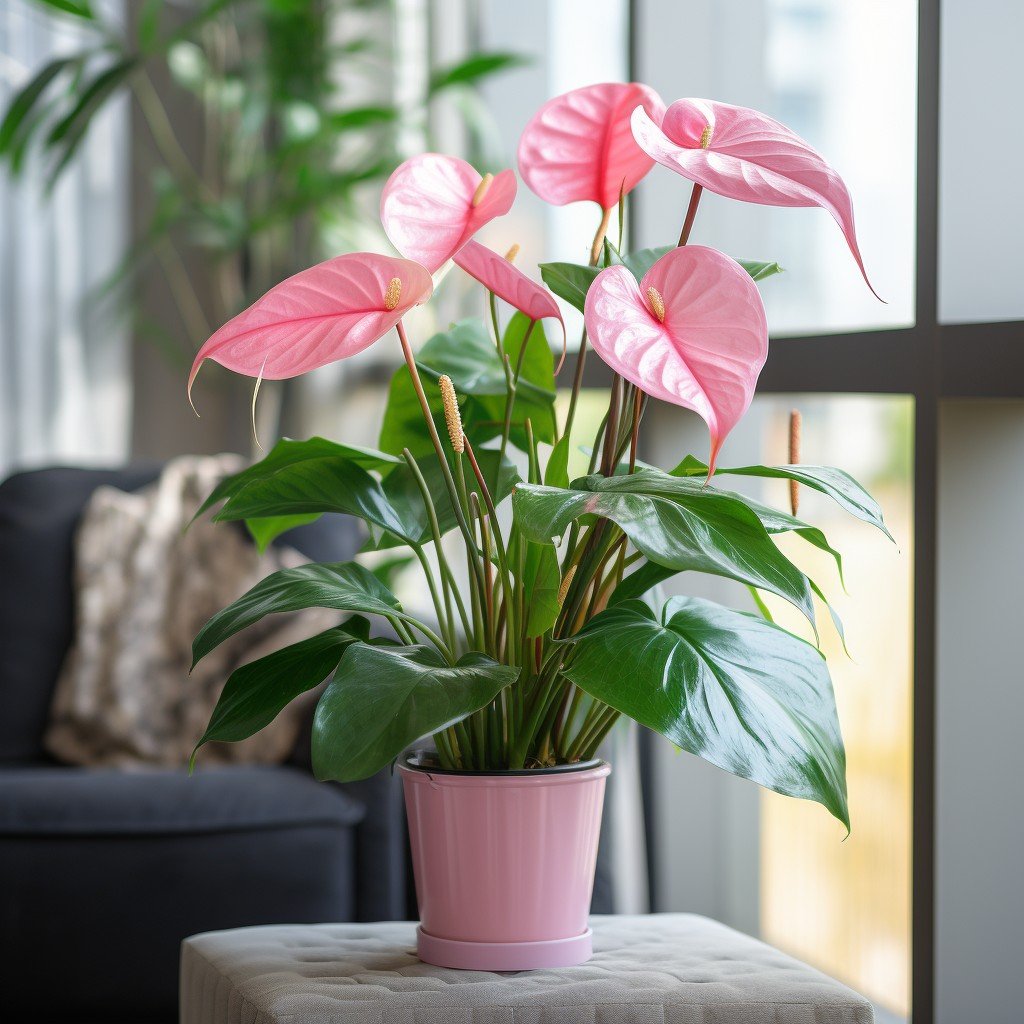Indoor flowering shrubs add beauty and color to any space. They brighten up your home and bring nature indoors.
Are you looking to enhance your living space with some vibrant greenery? Indoor flowering shrubs are a perfect choice. These plants not only add aesthetic appeal but also improve air quality. Whether you live in an apartment or a house, these shrubs can thrive indoors with proper care.
From the exotic hibiscus to the fragrant jasmine, there are many options to consider. In this blog, we will explore some of the best indoor flowering shrubs that you can choose for your home. Get ready to transform your living space into a green oasis with these beautiful indoor plants.

Credit: askwetandforget.com
Choosing The Right Shrubs
Choosing the right indoor flowering shrubs can transform your home into a vibrant oasis. The perfect shrub can add color and life to any room. But how do you choose the best one? Consider several key factors.
Factors To Consider
First, think about the size of the shrub. Some shrubs can grow quite large, while others stay small. Ensure the shrub fits well in your space. Next, consider the maintenance level. Some shrubs need frequent care, while others are low-maintenance. Choose one that matches your lifestyle.
Also, think about the flowering period. Some shrubs bloom all year round. Others have a specific season. Pick a shrub that aligns with your preference for blooms. Lastly, consider the shrub’s fragrance. Some indoor flowering shrubs have a strong scent. Others are more subtle. Choose one that suits your taste and sensitivities.
Climate And Light Conditions
Climate and light conditions play a crucial role in the health of your indoor shrubs. First, assess the light in your home. Some shrubs need lots of sunlight. Others thrive in low-light conditions. Match the shrub’s light needs to your home’s environment.
Also, consider the temperature. Some indoor flowering shrubs prefer warmer climates. Others can withstand cooler temperatures. Ensure your home’s climate is suitable for the shrub. Finally, think about humidity levels. Some shrubs need high humidity to flourish. Others do well in drier air. Choose a shrub that will thrive in your indoor climate.

Credit: onetwotree.com
Top Indoor Flowering Shrubs
Indoor flowering shrubs can turn your home into a blooming paradise. They add color, fragrance, and a touch of nature inside. Some of the best indoor flowering shrubs are easy to care for and thrive with minimal sunlight. Let’s dive into the top indoor flowering shrubs that can brighten up your home.
African Violet
African violets are small but mighty. They are perfect for brightening up small spaces. Their flowers come in many colors like purple, pink, and white. African violets need bright, indirect light to thrive. Water them from the bottom to keep the leaves dry. This helps prevent diseases. With the right care, they can bloom all year round.
Gardenia
Gardenias are known for their beautiful, fragrant flowers. Their white blooms stand out against the shiny green leaves. Gardenias need bright light and high humidity. They can be a bit picky. Keep the soil moist but not soggy. Using a humidifier can help them thrive indoors. Gardenias add a touch of elegance and scent to any room.
Care Tips For Flowering Shrubs
Indoor flowering shrubs bring beauty and life to your home. Proper care ensures they flourish and bloom year-round. Here are essential care tips to keep your indoor flowering shrubs healthy and vibrant.
Watering Needs
Watering is crucial for the health of your flowering shrubs. Different shrubs have different needs, but a general rule is to water them when the top inch of soil feels dry.
Use a watering can with a narrow spout to avoid overwatering. Overwatering can lead to root rot.
Check the soil moisture regularly. Adjust watering frequency based on the plant type and indoor climate.
| Shrub Type | Watering Frequency |
|---|---|
| Azalea | Once a week |
| Gardenia | Every 2-3 days |
| Hibiscus | Twice a week |
Fertilizing
Fertilizing provides essential nutrients for your shrubs to grow and bloom. Use a balanced, water-soluble fertilizer once a month during the growing season.
Avoid over-fertilizing. It can burn the roots and harm the plant. Follow the instructions on the fertilizer package for the correct dosage.
Use organic fertilizers for a more natural approach. They are gentle on the plants and improve soil health.
- Choose a balanced fertilizer (e.g., 10-10-10).
- Dilute the fertilizer in water as per instructions.
- Apply the fertilizer evenly around the base of the plant.
With these care tips, your indoor flowering shrubs will thrive and bring joy to your home.
Common Issues And Solutions
Indoor flowering shrubs bring beauty and joy to any home. But they can face challenges. Common issues include pests and diseases. These problems can affect the health and beauty of your plants. Understanding these issues and knowing their solutions is important. Let’s look at common issues and their solutions.
Pest Control
Pests can be a major problem for indoor flowering shrubs. Common pests include aphids, spider mites, and whiteflies. These tiny insects can damage leaves and flowers. They can also spread diseases. To control pests, inspect your plants regularly. Look under leaves and on stems for signs of pests. Use insecticidal soap or neem oil to treat infestations. These products are safe for plants and effective against pests. Keep your plants clean and healthy to prevent pest problems.
Disease Management
Diseases can also affect indoor flowering shrubs. Common diseases include powdery mildew, root rot, and leaf spot. These diseases can weaken your plants and cause them to lose their beauty. To manage diseases, ensure your plants have proper air circulation. Avoid overwatering, as excess moisture can lead to root rot. Use fungicides to treat fungal infections. Remove and dispose of infected leaves to prevent the spread of disease. Keeping your plants healthy is key to disease management.
Designing With Flowering Shrubs
Creating a beautiful indoor space with flowering shrubs can transform your home. These plants offer vibrant colors and unique textures. They not only enhance the visual appeal but also improve the air quality. Let’s explore how to design your space with these stunning plants.
Aesthetic Arrangements
Arranging flowering shrubs in an aesthetically pleasing manner is key. Consider the height and spread of the shrubs. Place taller plants at the back and shorter ones in front. This layering technique creates depth and interest.
Utilize containers of different shapes and sizes. Grouping them together can create a focal point. Choose containers that complement your interior décor. For a more natural look, opt for clay or wooden pots.
Here are some arrangement ideas:
- Cluster three pots of different heights in a corner.
- Line up a row of small pots on a windowsill.
- Use a large pot with multiple shrubs as a centerpiece.
Complementary Plants
Pairing flowering shrubs with complementary plants enhances the overall aesthetic. Plants with contrasting foliage can add interest. For example, combine fuchsia with ferns for a mix of textures. Another great combination is azaleas with ivy. Azaleas bring vibrant blooms, while ivy provides lush greenery. Consider plants that thrive in similar light and water conditions.
Here are some complementary plant pairings:
| Flowering Shrub | Complementary Plant |
|---|---|
| Fuchsia | Ferns |
| Azaleas | Ivy |
| Hibiscus | Spider Plant |
These combinations can create a balanced and visually appealing indoor garden. Experiment with different arrangements to find the perfect look for your space.
Seasonal Care
Taking care of indoor flowering shrubs involves paying attention to their seasonal needs. Each season requires different care techniques to keep your plants healthy and blooming. Let’s explore the best practices for winter care and spring preparation.
Winter Care
During winter, indoor flowering shrubs need special attention. Reduce watering to prevent root rot. Ensure they receive enough light, as days are shorter. Place them near a south-facing window if possible. Avoid drafts and sudden temperature changes. Maintain a consistent indoor temperature. Prune dead or damaged branches to promote growth.
Spring Preparation
Spring is the time for rejuvenation. Gradually increase watering as the days get longer. Repot shrubs if they have outgrown their current pots. Add fresh soil to provide nutrients. Begin fertilizing with a balanced, slow-release fertilizer. Check for pests and treat promptly. Prune to shape the plant and remove any winter damage. Ensure they get adequate light for optimal growth.

Credit: www.youtube.com
Conclusion
Choosing the best indoor flowering shrubs can brighten any space. These plants offer beauty and charm. With the right care, they thrive indoors. Consider their light and water needs. Each shrub has unique features. Research well before deciding. Enjoy the vibrant colors and lovely blooms.
Indoor flowering shrubs can transform your home. They create a welcoming atmosphere. Start your indoor garden today and experience nature’s beauty inside.





